The Health Benefits of Jhunjhuni Mimosa Pudica Plant.
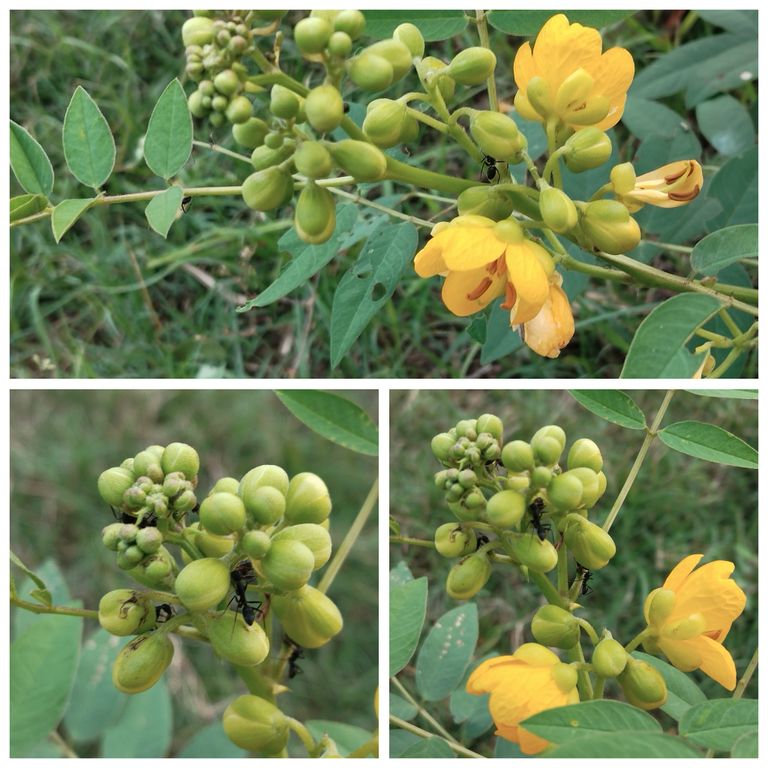
Introduction The Jhunjhuni plant, also known as Mimosa pudica or the "Touch-Me-Not" plant, is a unique and fascinating member of the plant kingdom. Known for its sensitivity to touch, this plant folds its leaves when disturbed, a feature that has intrigued botanists and nature enthusiasts alike. However, beyond its amusing movements, Jhunjhuni holds remarkable medicinal properties and benefits that are valued in traditional and Ayurvedic medicine.
Boosts Digestive Health The Jhunjhuni plant has been traditionally used to address digestive issues. Its anti-inflammatory properties can soothe an irritated stomach lining, while its compounds support healthy digestion. Consuming small amounts of Jhunjhuni leaves or roots, typically in powdered form, is believed to reduce symptoms of indigestion, acid reflux, and constipation.
Provides Anti-inflammatory Relief One of the standout benefits of the Jhunjhuni plant is its anti-inflammatory properties. The plant is rich in tannins and alkaloids, which have been shown to reduce inflammation in the body. This can be beneficial for individuals suffering from arthritis, joint pain, and other inflammatory conditions. A paste made from Jhunjhuni leaves can be applied externally to the affected area to alleviate pain and swelling.
Supports Wound Healing In traditional medicine, Jhunjhuni leaves are crushed and applied directly to wounds and cuts. The antimicrobial properties of this plant help prevent infections, while its anti-inflammatory properties reduce redness and swelling. Jhunjhuni can accelerate wound healing, making it a popular choice for treating minor injuries and insect bites.
Benefits for Skin Health Jhunjhuni offers several benefits for skin health. The plant’s antioxidant properties help neutralize free radicals, reducing oxidative stress and preventing premature aging. It’s also used to treat skin conditions such as eczema, acne, and rashes. Applying a paste made from Jhunjhuni leaves to the skin can help soothe irritations and promote a healthy, glowing complexion.
Manages Diarrhea and Dysentery Jhunjhuni is used in Ayurveda as a natural remedy for managing diarrhea and dysentery. The plant's roots contain compounds that can help reduce intestinal spasms and relieve symptoms associated with digestive upset. A decoction made from the plant's root is typically recommended, as it has shown effectiveness in binding stools and relieving symptoms quickly.
Controls Diabetes Some studies have shown that the Jhunjhuni plant can help regulate blood sugar levels, making it a promising natural remedy for diabetes. Compounds within the plant may enhance insulin sensitivity and lower blood sugar levels. However, it is important to consult with a healthcare professional before incorporating Jhunjhuni into a diabetes management plan, as further research is needed in this area.
Anti-venom and Detoxifying Properties In many parts of India, Jhunjhuni is used as an antidote for venomous bites from snakes and scorpions. The plant is thought to neutralize toxins in the body, although this practice should not replace medical treatment. Jhunjhuni’s detoxifying properties make it a valuable plant in traditional detox therapies, helping to cleanse the liver and kidneys.
Anxiety and Stress Relief The Jhunjhuni plant is known for its calming effects on the nervous system. Some herbal practitioners recommend it for reducing anxiety and managing stress. The plant’s roots can be brewed into tea, which is believed to have a mild sedative effect that promotes relaxation without causing drowsiness.
Antimicrobial and Antifungal Properties Jhunjhuni possesses natural antimicrobial and antifungal properties, making it effective in treating infections. Its leaf extract has been shown to inhibit the growth of certain harmful bacteria and fungi. This property can be especially useful in treating bacterial skin infections, mouth ulcers, and even urinary tract infections.
Alleviates Respiratory Issues In Ayurvedic medicine, Jhunjhuni has been used as a remedy for respiratory issues such as asthma, cough, and bronchitis. The plant’s anti-inflammatory and expectorant properties help relieve congestion, reduce inflammation in the respiratory tract, and promote easier breathing.
Conclusion The Jhunjhuni plant is a wonder of nature with a host of benefits. Though often overlooked, this sensitive plant has made its mark in traditional medicine with its powerful healing properties. While its use is widespread in Ayurveda, it’s essential to consult a healthcare provider before using Jhunjhuni, especially if you’re pregnant, nursing, or on medication. Whether used externally for wounds or consumed for digestive and respiratory health, Jhunjhuni offers a natural remedy for many health conditions.
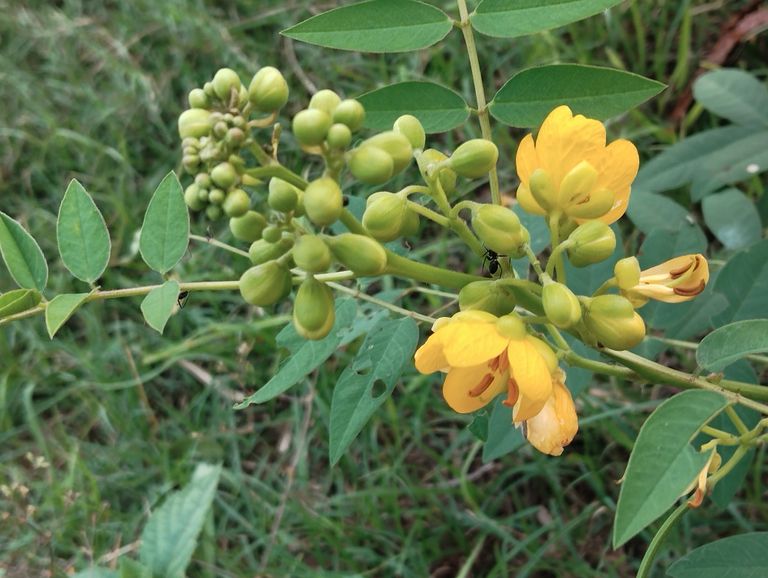
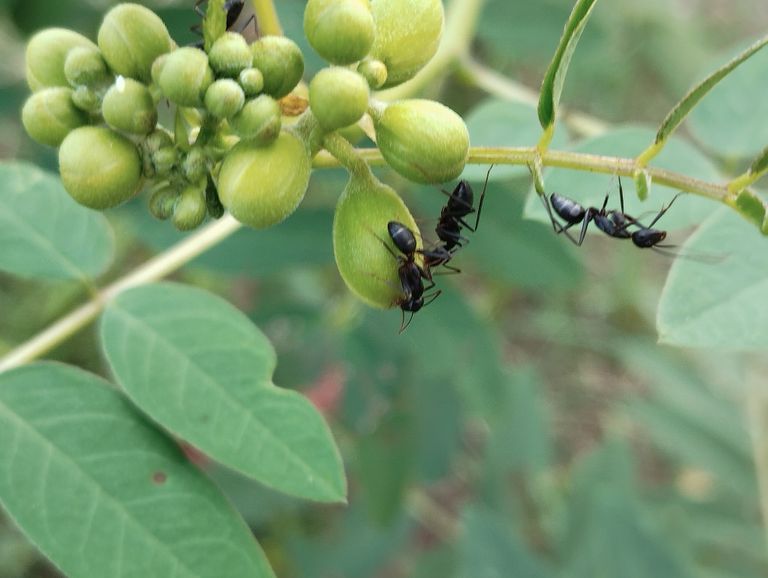
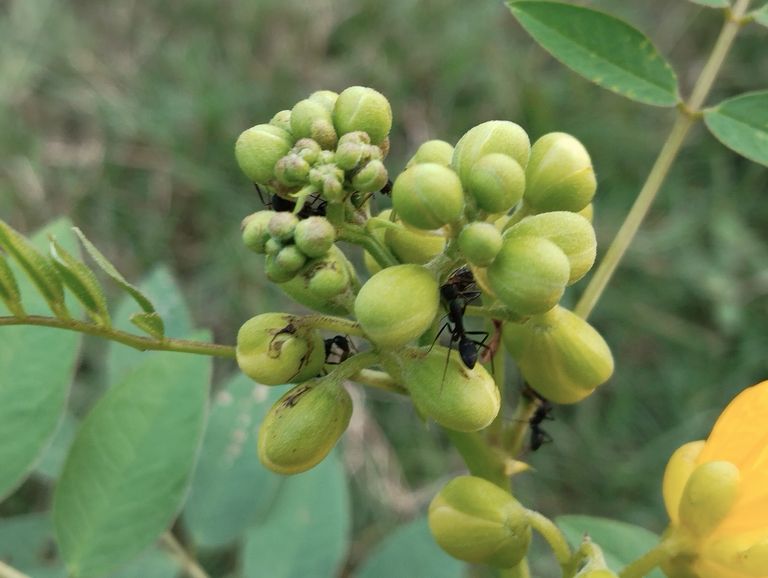
Here's a blog about the beauty of flowers, focusing on how they captivate our senses and symbolize different aspects of life.
The Timeless Beauty of Flowers: A Celebration of Nature’s Art
Flowers have an eternal charm that has captivated people across cultures and generations. From the delicate petals of a rose to the wild bursts of color in a meadow of wildflowers, the beauty of flowers has a special place in the human heart. Not only do flowers add color and fragrance to our lives, but they also symbolize emotions, mark special occasions, and bring us closer to nature. This article dives deep into the world of flowers, celebrating their diverse beauty and the profound impact they have on our lives.
- A Symphony of Colors and Patterns
One of the most enchanting aspects of flowers is their vibrant color palette. Flowers come in countless hues, each color representing a unique meaning and sentiment. The bold red of a rose often symbolizes love and passion, while the calming blue of a hydrangea reflects tranquility. Yellow tulips represent happiness, while white lilies are often associated with purity and peace. These colors are nature’s language, allowing flowers to communicate without words.
The diversity of colors and patterns found in flowers is also a marvel of evolution. Flowers attract pollinators like bees, butterflies, and birds with their colorful displays, a relationship that benefits both the flowers and their pollinators. The shapes, patterns, and colors have developed over millions of years to create a harmonious cycle that supports the ecosystem.
- The Fragrance that Soothes the Soul
Beyond their visual beauty, flowers are beloved for their unique fragrances. Scents play a crucial role in attracting pollinators and helping flowers reproduce. For humans, however, these fragrances go much deeper, often evoking memories, emotions, and a sense of well-being. The scent of jasmine can calm the mind, while lavender has been known to help with relaxation and sleep.
Each flower has a unique aroma, which perfumers have long sought to capture in essential oils and perfumes. The subtlety of a flower’s scent makes it precious, as it cannot be replicated exactly by synthetic fragrances. This uniqueness adds to the allure of flowers and reminds us of the fleeting beauty of nature.
- Symbols of Life, Love, and Loss
Flowers have a rich history of symbolism in various cultures. They are often used to express emotions and carry deep meanings that go beyond words. In many societies, flowers are given as symbols of love, appreciation, or condolences. For instance, red roses represent love, while chrysanthemums are often used to honor the deceased in many Asian cultures.
In the Victorian era, flowers were used as a secret language, with each flower carrying a specific message. Giving someone a yellow rose might symbolize friendship, while a purple violet would convey the message of modesty. This “flower language” allowed people to express feelings that were considered too bold or inappropriate to say out loud.
Flowers are also symbols of life’s transient nature. They bloom, radiate beauty, and then fade away—a cycle that mirrors the human experience. This symbolism is especially evident in cherry blossoms, which are celebrated in Japan as symbols of the fleeting beauty of life.
- Flowers in Art and Literature
The beauty of flowers has inspired artists and writers for centuries. From the intricate floral designs in Persian art to the delicate water lilies of Claude Monet’s paintings, flowers have been a central theme in artistic expression. They are often used to represent beauty, love, and nature itself.
In literature, flowers have been a powerful metaphor for various aspects of the human experience. Shakespeare used flowers to express complex emotions in his plays, while poets like Wordsworth wrote extensively about the beauty of wildflowers in the countryside. Flowers continue to be a source of inspiration in contemporary art, representing everything from resilience and strength to fragility and loss.
- The Science Behind Floral Beauty
The beauty of flowers is not just an artistic phenomenon but also a scientific one. The colors, patterns, and shapes of flowers have evolved to attract pollinators, ensuring the continuation of the plant species. This process, known as pollination, involves the transfer of pollen from the male part of a flower to the female part, allowing fertilization to occur.
Scientists have discovered that certain patterns, such as ultraviolet markings, are visible only to pollinators like bees. These patterns guide the pollinators to the flower's nectar, ensuring that the flower is fertilized. This fascinating interaction between flowers and their pollinators showcases the beauty of nature’s design and the intricate relationships that sustain life on Earth.
- Flowers as Healers
Flowers are not only visually and aromatically pleasing but also have healing properties. Many flowers contain essential oils and compounds that are used in traditional and modern medicine. For example, chamomile flowers are known for their calming effects, often used to soothe stress and anxiety. Calendula flowers are used for their anti-inflammatory properties, aiding in wound healing and skin health.
Flower therapy, or “floriography,” is a practice that involves using the energy and symbolism of flowers to promote emotional well-being. Many believe that being surrounded by flowers, or even visualizing them, can have a positive impact on one’s mood and mental health.
- Bringing Flowers into Our Everyday Lives
The joy of flowers is something that can be enjoyed every day. From having fresh flowers in our homes to planting a small garden, there are many ways to incorporate the beauty of flowers into our daily lives. Houseplants with flowers, like orchids or peace lilies, can brighten up a room and bring a touch of nature indoors. Gardening not only adds beauty to our surroundings but also provides a therapeutic activity that connects us to the earth.
Celebrations and rituals around the world are also incomplete without flowers. Whether it’s a wedding, a birthday, or a religious ceremony, flowers add a touch of elegance and meaning to every occasion. The sight of a beautifully arranged bouquet or a field of wildflowers in bloom has a universal appeal, transcending cultural boundaries.
- The Environmental Impact of Flowers
Flowers are more than just decorations; they play a vital role in maintaining biodiversity and supporting ecosystems. They provide food for pollinators, which in turn helps in the pollination of many crops and plants essential for food production. By attracting pollinators, flowers contribute to the health of entire ecosystems, supporting a variety of wildlife.
In recent years, there has been a growing awareness of sustainable practices in the flower industry. Many florists and growers are now focusing on eco-friendly methods to reduce the environmental impact of flower production. This includes using organic farming practices, reducing chemical use, and promoting local, seasonal flowers.
Conclusion
Flowers are one of nature's most beautiful gifts, symbolizing love, life, and the delicate balance of ecosystems. They add color to our world, uplift our spirits, and remind us of life’s transience. From their aesthetic appeal to their role in environmental health, the beauty of flowers goes beyond mere appearance. Flowers inspire us to appreciate the small, fleeting moments in life and to recognize the interconnectedness of all living things. As we celebrate the beauty of flowers, we celebrate the richness of life itself.

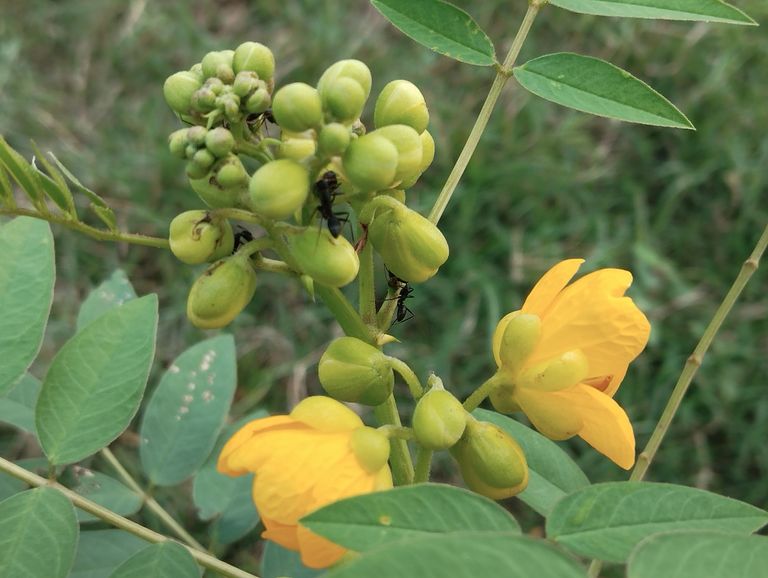
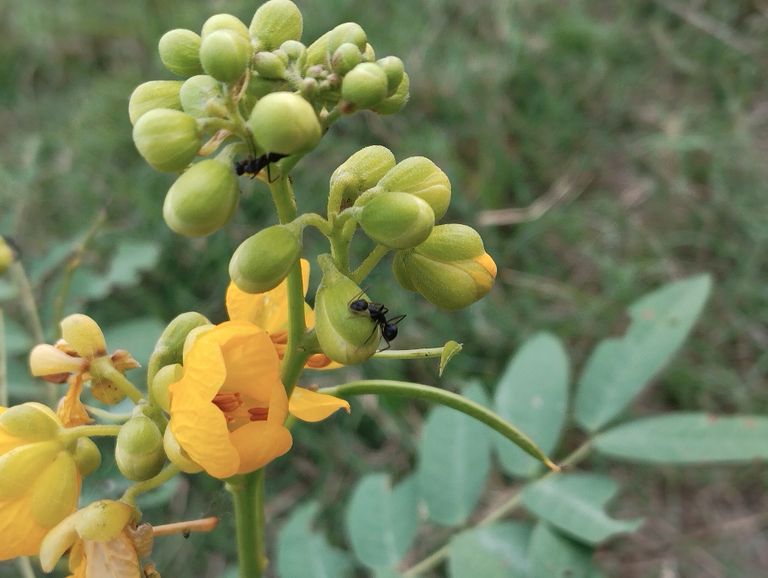
Here's a blog about the beauty of flowers, focusing on how they captivate our senses and symbolize different aspects of life.
The Timeless Beauty of Flowers: A Celebration of Nature’s Art
Flowers have an eternal charm that has captivated people across cultures and generations. From the delicate petals of a rose to the wild bursts of color in a meadow of wildflowers, the beauty of flowers has a special place in the human heart. Not only do flowers add color and fragrance to our lives, but they also symbolize emotions, mark special occasions, and bring us closer to nature. This article dives deep into the world of flowers, celebrating their diverse beauty and the profound impact they have on our lives.
- A Symphony of Colors and Patterns
One of the most enchanting aspects of flowers is their vibrant color palette. Flowers come in countless hues, each color representing a unique meaning and sentiment. The bold red of a rose often symbolizes love and passion, while the calming blue of a hydrangea reflects tranquility. Yellow tulips represent happiness, while white lilies are often associated with purity and peace. These colors are nature’s language, allowing flowers to communicate without words.
The diversity of colors and patterns found in flowers is also a marvel of evolution. Flowers attract pollinators like bees, butterflies, and birds with their colorful displays, a relationship that benefits both the flowers and their pollinators. The shapes, patterns, and colors have developed over millions of years to create a harmonious cycle that supports the ecosystem.
- The Fragrance that Soothes the Soul
Beyond their visual beauty, flowers are beloved for their unique fragrances. Scents play a crucial role in attracting pollinators and helping flowers reproduce. For humans, however, these fragrances go much deeper, often evoking memories, emotions, and a sense of well-being. The scent of jasmine can calm the mind, while lavender has been known to help with relaxation and sleep.
Each flower has a unique aroma, which perfumers have long sought to capture in essential oils and perfumes. The subtlety of a flower’s scent makes it precious, as it cannot be replicated exactly by synthetic fragrances. This uniqueness adds to the allure of flowers and reminds us of the fleeting beauty of nature.
- Symbols of Life, Love, and Loss
Flowers have a rich history of symbolism in various cultures. They are often used to express emotions and carry deep meanings that go beyond words. In many societies, flowers are given as symbols of love, appreciation, or condolences. For instance, red roses represent love, while chrysanthemums are often used to honor the deceased in many Asian cultures.
In the Victorian era, flowers were used as a secret language, with each flower carrying a specific message. Giving someone a yellow rose might symbolize friendship, while a purple violet would convey the message of modesty. This “flower language” allowed people to express feelings that were considered too bold or inappropriate to say out loud.
Flowers are also symbols of life’s transient nature. They bloom, radiate beauty, and then fade away—a cycle that mirrors the human experience. This symbolism is especially evident in cherry blossoms, which are celebrated in Japan as symbols of the fleeting beauty of life.
- Flowers in Art and Literature
The beauty of flowers has inspired artists and writers for centuries. From the intricate floral designs in Persian art to the delicate water lilies of Claude Monet’s paintings, flowers have been a central theme in artistic expression. They are often used to represent beauty, love, and nature itself.
In literature, flowers have been a powerful metaphor for various aspects of the human experience. Shakespeare used flowers to express complex emotions in his plays, while poets like Wordsworth wrote extensively about the beauty of wildflowers in the countryside. Flowers continue to be a source of inspiration in contemporary art, representing everything from resilience and strength to fragility and loss.
- The Science Behind Floral Beauty
The beauty of flowers is not just an artistic phenomenon but also a scientific one. The colors, patterns, and shapes of flowers have evolved to attract pollinators, ensuring the continuation of the plant species. This process, known as pollination, involves the transfer of pollen from the male part of a flower to the female part, allowing fertilization to occur.
Scientists have discovered that certain patterns, such as ultraviolet markings, are visible only to pollinators like bees. These patterns guide the pollinators to the flower's nectar, ensuring that the flower is fertilized. This fascinating interaction between flowers and their pollinators showcases the beauty of nature’s design and the intricate relationships that sustain life on Earth.
- Flowers as Healers
Flowers are not only visually and aromatically pleasing but also have healing properties. Many flowers contain essential oils and compounds that are used in traditional and modern medicine. For example, chamomile flowers are known for their calming effects, often used to soothe stress and anxiety. Calendula flowers are used for their anti-inflammatory properties, aiding in wound healing and skin health.
Flower therapy, or “floriography,” is a practice that involves using the energy and symbolism of flowers to promote emotional well-being. Many believe that being surrounded by flowers, or even visualizing them, can have a positive impact on one’s mood and mental health.
- Bringing Flowers into Our Everyday Lives
The joy of flowers is something that can be enjoyed every day. From having fresh flowers in our homes to planting a small garden, there are many ways to incorporate the beauty of flowers into our daily lives. Houseplants with flowers, like orchids or peace lilies, can brighten up a room and bring a touch of nature indoors. Gardening not only adds beauty to our surroundings but also provides a therapeutic activity that connects us to the earth.
Celebrations and rituals around the world are also incomplete without flowers. Whether it’s a wedding, a birthday, or a religious ceremony, flowers add a touch of elegance and meaning to every occasion. The sight of a beautifully arranged bouquet or a field of wildflowers in bloom has a universal appeal, transcending cultural boundaries.
- The Environmental Impact of Flowers
Flowers are more than just decorations; they play a vital role in maintaining biodiversity and supporting ecosystems. They provide food for pollinators, which in turn helps in the pollination of many crops and plants essential for food production. By attracting pollinators, flowers contribute to the health of entire ecosystems, supporting a variety of wildlife.
In recent years, there has been a growing awareness of sustainable practices in the flower industry. Many florists and growers are now focusing on eco-friendly methods to reduce the environmental impact of flower production. This includes using organic farming practices, reducing chemical use, and promoting local, seasonal flowers.
Conclusion
Flowers are one of nature's most beautiful gifts, symbolizing love, life, and the delicate balance of ecosystems. They add color to our world, uplift our spirits, and remind us of life’s transience. From their aesthetic appeal to their role in environmental health, the beauty of flowers goes beyond mere appearance. Flowers inspire us to appreciate the small, fleeting moments in life and to recognize the interconnectedness of all living things. As we celebrate the beauty of flowers, we celebrate the richness of life itself.